2022 Year of
the Tiger
WWF Tigers Alive Initiative
Annual Report

Wild tigers on the rise
The Tigers Alive Initiative is one of WWF’s most ambitious and visionary conservation programs undertaken for a single species; since established in 2009 we have been working with partners to double wild tigers globally.
From a population of perhaps 100,000 at the beginning of the last century, tiger numbers hit an all-time low in 2010 with as few as 3,200 left in the wild. That same year, all 13 tiger range governments came together for the first time at the St. Petersburg Summit where they committed to double the number of wild tigers by 2022 - a goal known as Tx2.
In this critical year for tiger conservation, the 2022 Lunar Year of the Tiger, we have seen both cause for celebration and stark reminders of the need for further and urgent action on tiger recovery.
In July, a global assessment and update on wild tiger numbers by the IUCN Red List (in consultation with WWF) was released indicating global tiger numbers are around 4,500 (3,700-5,600) tigers. While uncertainties in baselines make it difficult to reliably assess trends in global tiger populations, there is growing evidence that global wild tiger decline has finally been reversed — a rare and hard-fought conservation success story, particularly in Bhutan, India and Nepal.
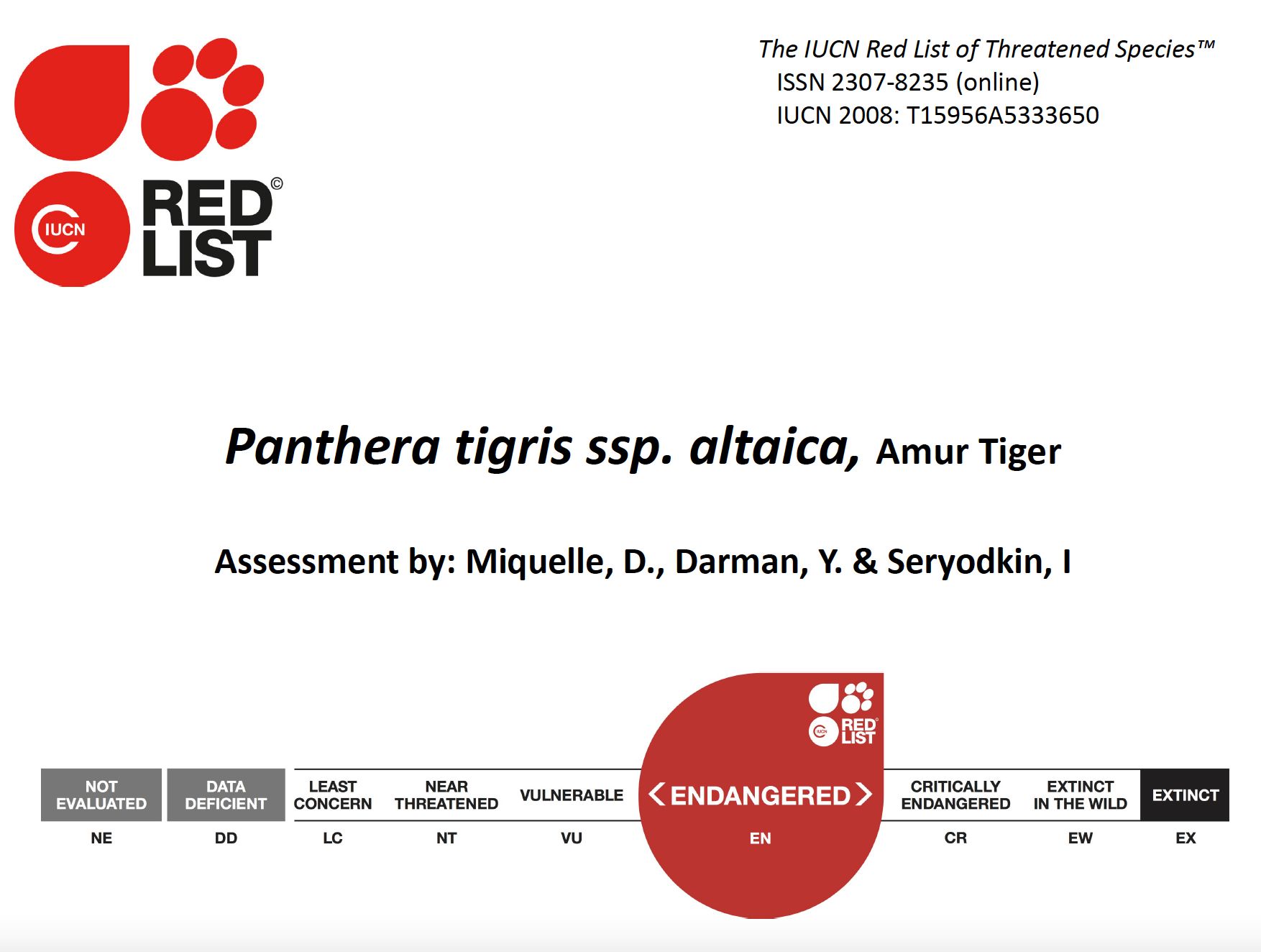
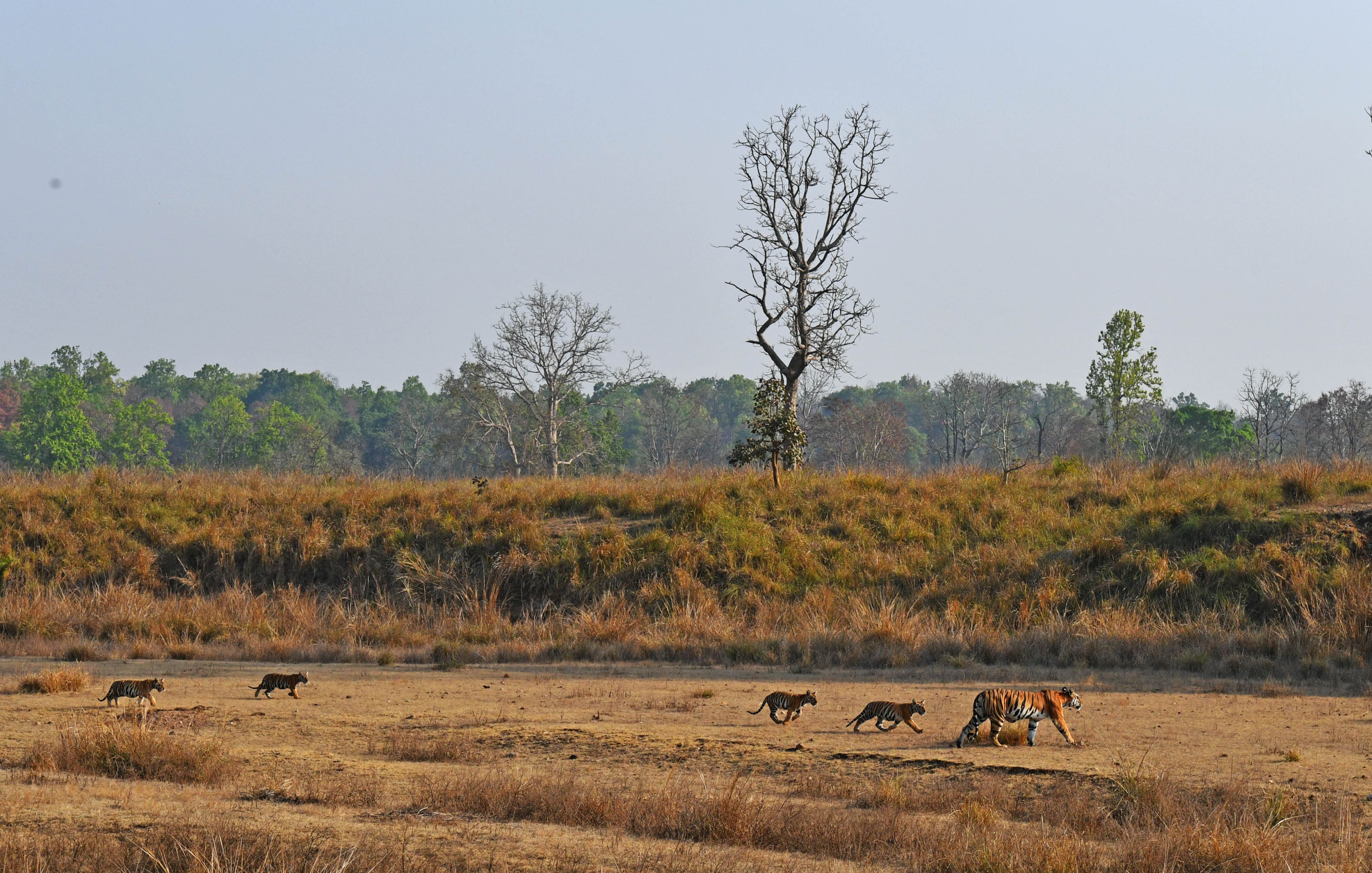
Nepal became the first country to release updated tiger numbers in 2022 when the Rt. Honorable PM, Mr Sher Bahadur Deuba announced the historic more than doubling of tiger numbers since 2009. Nepal's National Tiger and Prey Survey 2022 found there are now 355 wild tigers in the country, almost three times the population in 2009. The exhaustive survey covered 20,747 square kilometres, 14% of the country, and required 13,065 days of field staff time and was supported throughout by WWF-Nepal.
In Malaysia hope remains with the breeding population evidenced in Belum-Temengor Forest Complex in January 2022 when WWF recorded a video of a mother and four cubs on camera trap.
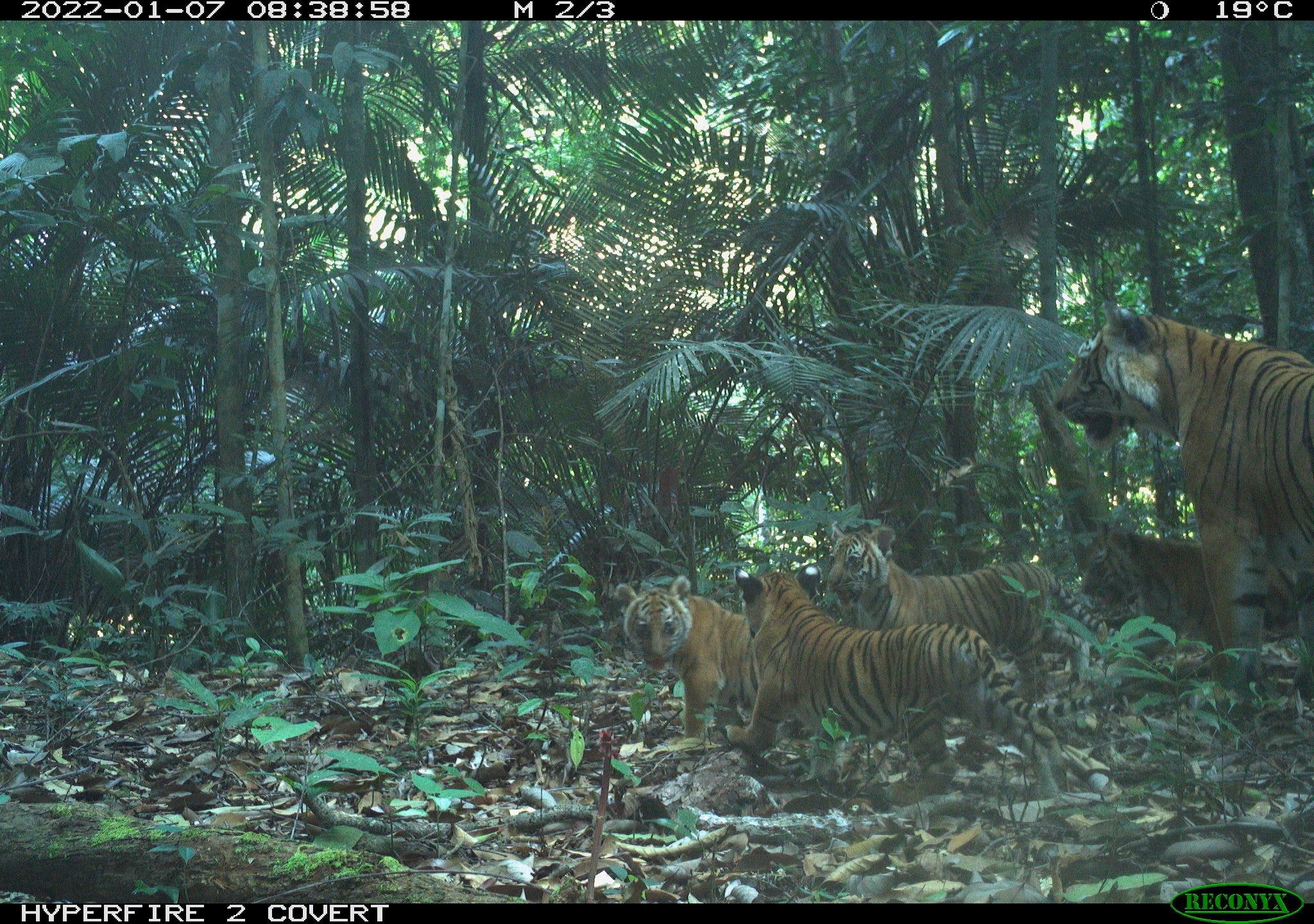
©WWF-Malaysia _ PSPC
©WWF-Malaysia _ PSPC
Despite the increase in wild tiger numbers, a soon to be published analysis estimates that the species is restricted to less than 3 per cent of its historic range and this continues to decline. However, across vast tracts of this prior range habitat exists and there is an incredible opportunity for full scale ecosystem restoration across 91 million ha of their previous range through a focus on tiger conservation in targeted landscapes (Miquelle and Sanderson, 2022).
Ecosystem restoration at this scale is vital not only for the species itself which is revered across and beyond its range, but also for the diverse environments it impacts. Tiger landscapes contribute to human well-being, locally and globally, through the provision of many ecosystem goods and services such as sustainable water supplies, carbon sequestration, food security and medicinal plants, and economic opportunities. Such large, ecologically intact areas are critical in addressing the triple crises of biodiversity loss, climate change, and the emergence of zoonotic diseases, and providing the stable conditions essential for healthy, sustainable economies and security for human communities.
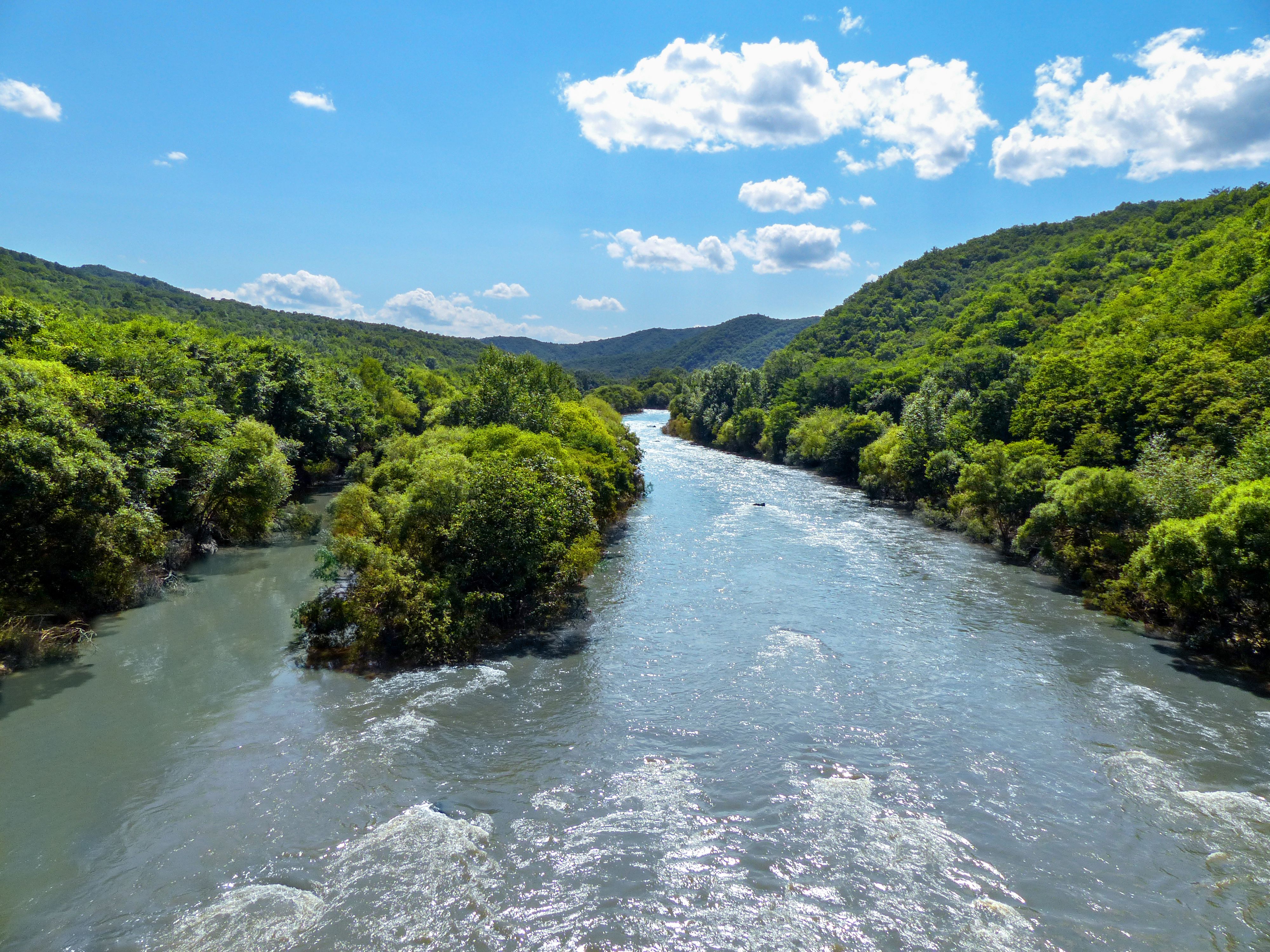
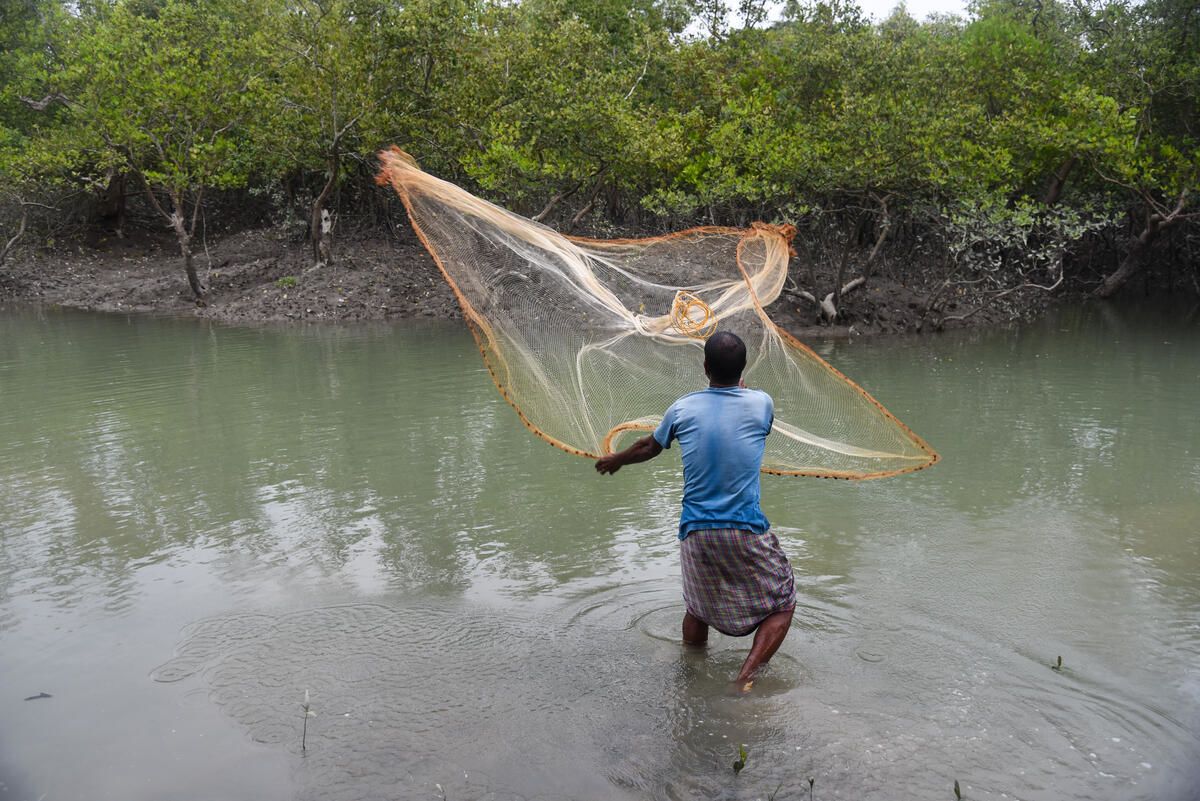
Valued Partnerships
In aid of driving more effective and collaborative efforts for tiger recovery for this next 12 year phase WWF has been central in bringing together a coalition of the world’s most prominent tiger NGOs and IGOs. Fauna and Flora International, International Union for the Conservation of Nature, Panthera, TRAFFIC, Wildlife Conservation Society and WWF launched a joint vision in January 2022 for how the Tiger Range Countries can strengthen and improve the Global Tiger Initiative for the next 12-year period. The key points in the vision document, Securing a Viable Future for the Tiger suggests range-wide goals for the next 12-year commitment to not only include preventing decline and supporting increasing tiger numbers in existing sites, but also active restoration of tiger range both in current and historic tiger range countries.
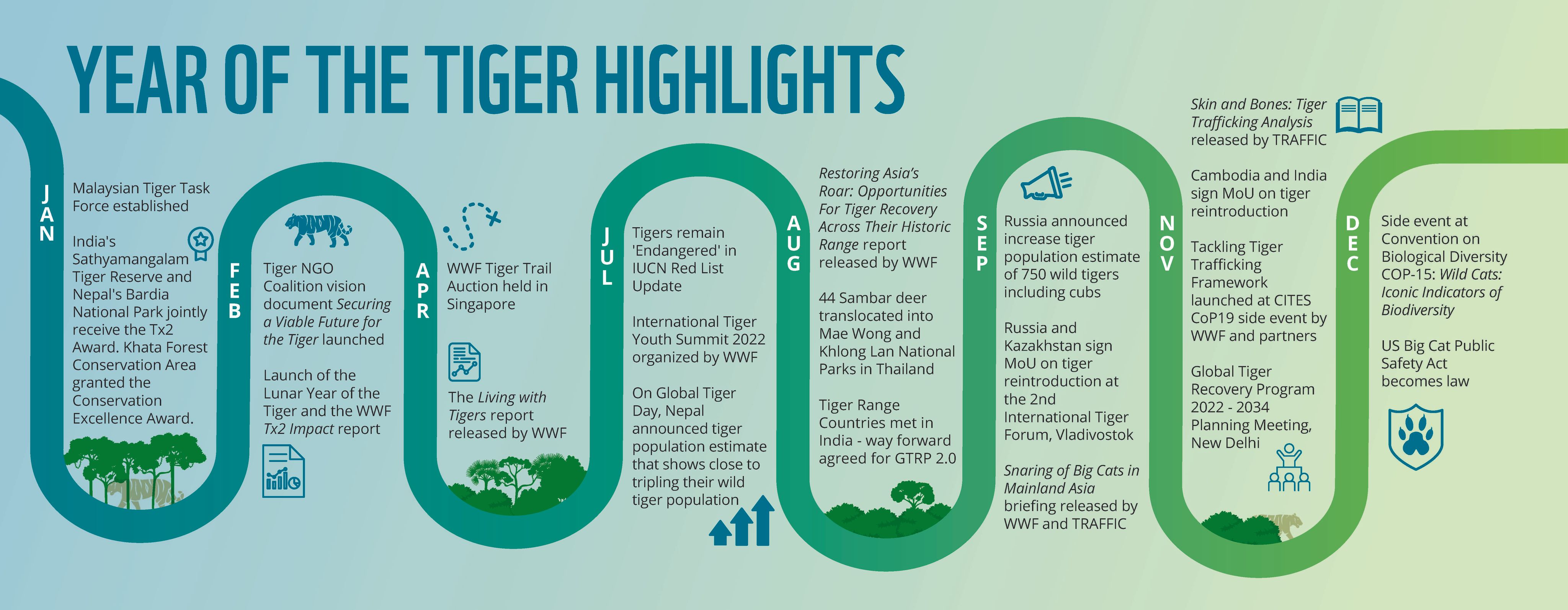
“Over the next 12 years we have the opportunity to use bold and ambitious conservation interventions to return tigers to their historic range. These projects will require significant investment but the resultant impacts for biodiversity, climate change prevention and mitigation, and sustainable economies for local communities will far outweigh the resources needed for this large-scale ecosystem restoration.”

“While we celebrate the increase in tiger numbers, it presents challenges for people living in proximity to wild tigers. But negative interactions can be managed if we partner with communities who navigate life in tiger landscapes — and give them the opportunity to directly contribute to the policies affecting them and to benefit from living with tigers. Over the next 12 years we will endeavour to better integrate the needs and contributions of local communities into future tiger conservation efforts.”

“Conserving tigers has the potential to produce significant biodiversity gains and provide a wide array of ecosystem services and direct benefits to local communities. The fate of people and big cats are closely intertwined, and our approach to tiger conservation going forward will be demonstrative of our capacity to live in harmony with nature.”
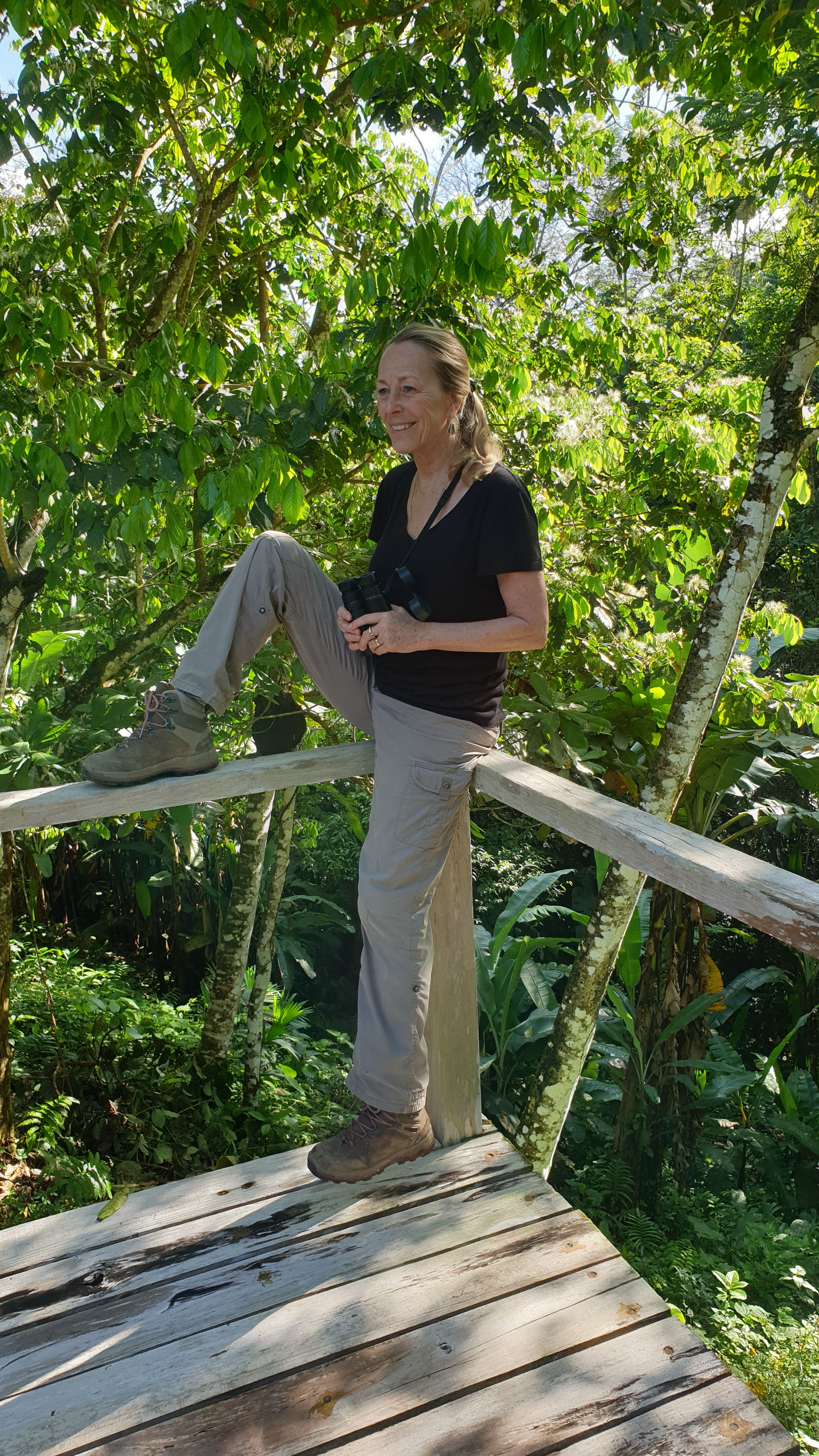
As we close the Year of the Tiger, and enter the next 12 years of commitments of the Global Tiger Recovery Program there is a pressing need not only to continue the global tiger recovery efforts, but also to strengthen all necessary actions to achieve long-lasting tiger conservation.
This WWF Tigers Alive annual report highlights how WWF has worked with partners at all levels to seize the opportunity of the 2022 Year of the Tiger and established the foundation for increased and sustained tiger recovery efforts over the next 12 years and beyond.
THANK YOU
We could not do what we do without the generosity of every one of our donors.
Through your unwavering support over the last 12 years, wild tiger numbers have increased for the first time in over a century.

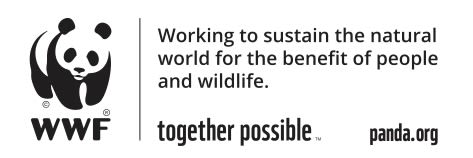
Prepared and designed by WWF Tigers Alive Initiative.
Published in January 2023 by WWF. Any reproduction in full or in part must mention the title and credit the above-mentioned publisher as the copyright owner.
© Text 2023 WWF. © 1986 Panda symbol WWF – World Wide Fund for Nature (Formerly World Wildlife Fund)
® “WWF” is a WWF Registered Trademark. WWF, Avenue du Mont-Bland, 1196 Gland, Switzerland. Tel. +41 22 364 9111. Fax. +41 22 364 0332.
For contact details and further information, please visit our international website at www.panda.org.

